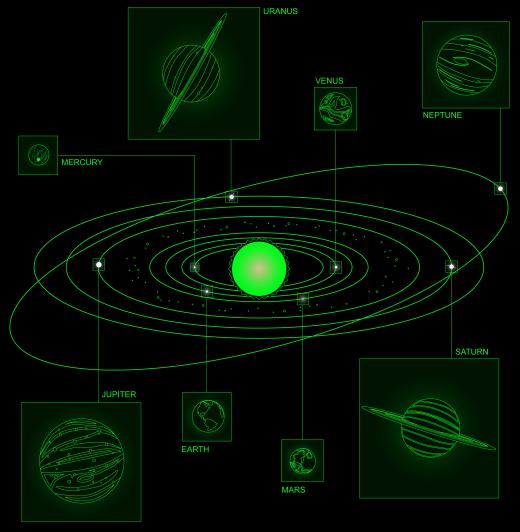What is a Plutoid?
 Mary McMahon
Mary McMahon
A plutoid is a celestial body similar to Pluto in configuration. The term “plutoid” was chosen as a consolation nod to Pluto's former glory as the ninth planet, although it did not resolve the controversy over the precise definition of a planet, let alone whether or not Pluto should be considered a planet. Along with Pluto's official redefinition as a plutoid came the discovery that as many as 70 celestial bodies may qualify as plutoids, which means that Pluto is far from being alone.
Several characteristics define a plutoid. Plutoids are dwarf planets, which means that while they enough mass to have become rounded and achieved a specific orbit around the Sun, they have not managed to “clear the neighborhood,” as astronomers say. In this case, clearing the neighborhood refers to a celestial body which has become gravitationally dominant, removing objects of a similar size from its orbit, or pulling large objects into orbit around it, like the Earth has done with the Moon. In other words, dwarf planets have a lot of rocky neighbors which are not under the influence of its gravitational pull.

To be considered a plutoid, a dwarf planet must also be a so-called “trans-Neptunian object,” which is a fancy way of saying that its orbit falls beyond that of Neptune. Objects which would otherwise meet the definition of a plutoid with orbits closer to the Sun are simply known as dwarf planets. Along with Pluto, another notable plutoid is Eris, a dwarf planet which is actually larger than Pluto, but much further away, making it difficult to see.
The term “plutoid” was adopted in 2008, and it appears to have been far from the last word about the Pluto controversy. Questions about Pluto's status as a planet were brought to the forefront in 2006, when the International Astronomical Union (IAU) abruptly downgraded Pluto to the status of a dwarf planet, because they felt that it did not meet the criteria to be considered a planet. This attracted a great deal of ire from both lay people and the scientific community.
One might reasonably quibble about the distinction between a plutoid and a dwarf planet, given that a plutoid is just a dwarf planet with a trans-Neptunian orbit. However, the distinction is important, as trans-Neptunian objects have a number of unique traits which make them interesting to astronomers. The discovery of additional objects beyond Neptune's orbit each year illustrate the advances being made in astronomy, and the potential for even more discoveries of scientific interest in the future.
AS FEATURED ON:
AS FEATURED ON:











Discuss this Article
Post your comments